More than 50 years after the Apollo 11 Moon mission, astronaut Michael Collins is still remembered as an unsung hero with the nickname "the loneliest man".
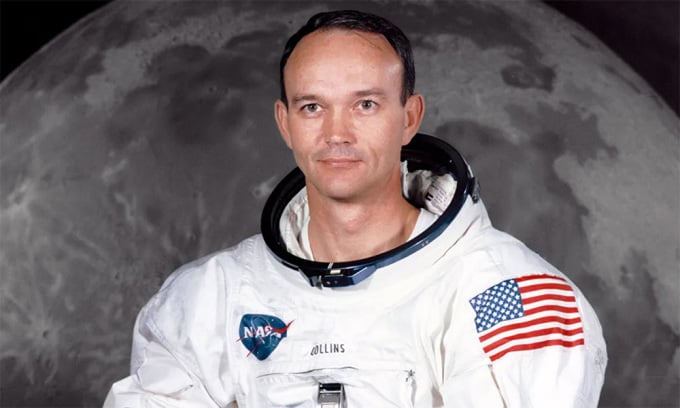
Astronaut Michael Collins. Photo: NASA
In 1969, as Neil Armstrong and Buzz Aldrin took the first steps of mankind on the surface of the Moon, Michael Collins sat alone in the Columbia command module of the Apollo 11 spacecraft, flying behind the dark side of the Moon. He was responsible for piloting the Eagle module to bring his two colleagues safely to the surface of this celestial body. At that time, all communication with Earth was cut off by the Moon, leaving Collins completely cut off from humanity and hundreds of thousands of kilometers from home.
"I was alone now, really alone, and completely cut off from life. If you counted, there would be three billion plus two on the other side of the Moon, and only one (plus God knows what) on this side," Collins wrote in his 1974 book Carrying The Fire: An Astronaut's Journeys .
The experience was later shared by only six other people. Collins, however, was not intimidated by the experience and always found it strange that the media described him as "the loneliest man in history". "I felt, not scared or lonely, but extremely expectant, satisfied, confident, almost elated. I liked the feeling," he wrote.
"Out the window, I could see the stars, that was all. Where I knew the moon was, there was just darkness. I could only tell the moon was there because of the absence of stars. To compare this feeling to something on Earth, perhaps being alone in a small boat in the middle of the Pacific Ocean in the pitch black night would be the closest thing to my situation," he described.
Collins stayed in the Columbia command module for 21 hours while Buzz Aldrin and Neil Armstrong landed on the moon and made their historic moonwalk. When Armstrong and Aldrin returned from the moon, Collins took pictures of the Earth, the moon, and the Eagle module carrying the two astronauts. This made Collins the only Earthling not in the picture.
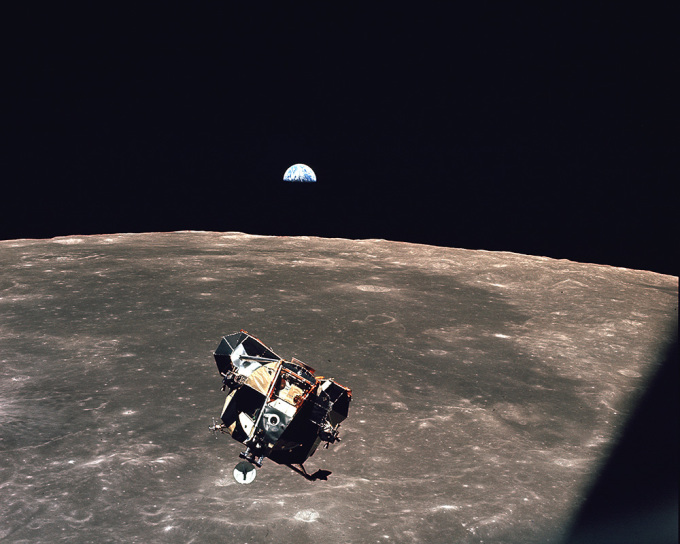
Michael Collins photographed the Apollo 11 Eagle module, the Moon and Earth. Photo: NASA
In an interview with the Guardian in July 2009, Collins said he was very concerned for the safety of Armstrong and Aldrin. He feared they would perish on the Moon, forcing him to return to Earth alone as the sole survivor of the mission. Fortunately, all three astronauts eventually returned safely on 24 July 1969. The mission lasted a total of 8 days, 3 hours, 18 minutes and 35 seconds and became a historic milestone, marking the first time humans set foot on the Moon.
In 1971, after finishing his work at NASA, Collins became the Director of the National Air and Space Museum. He held this position until 1978, when he began working at the Smithsonian Institution. During this time, Collins remained in the US Air Force Reserve, achieving the rank of Major General in 1976 and retiring in 1982. In April 2021, his family announced that he had passed away at the age of 91 after a battle with cancer.
With his great contributions to the conquest of space, Collins's passing left a deep sorrow in the hearts of the public. US President Joe Biden, Steve Jurczyk - then a director at NASA - and colleagues sent condolences to Collins' family, not forgetting to emphasize his contributions to the world .
Thu Thao (According to IFL Science )
Source link



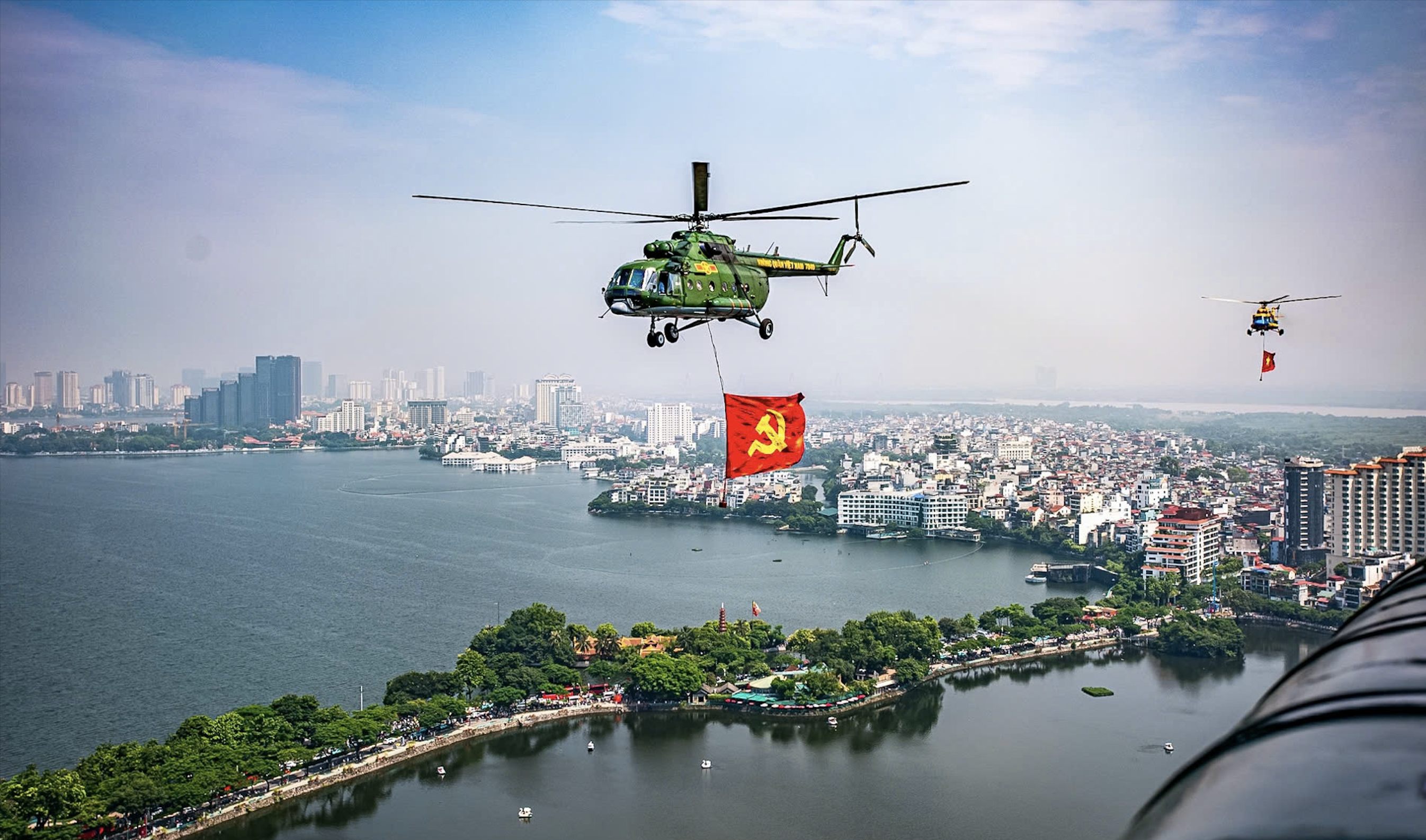
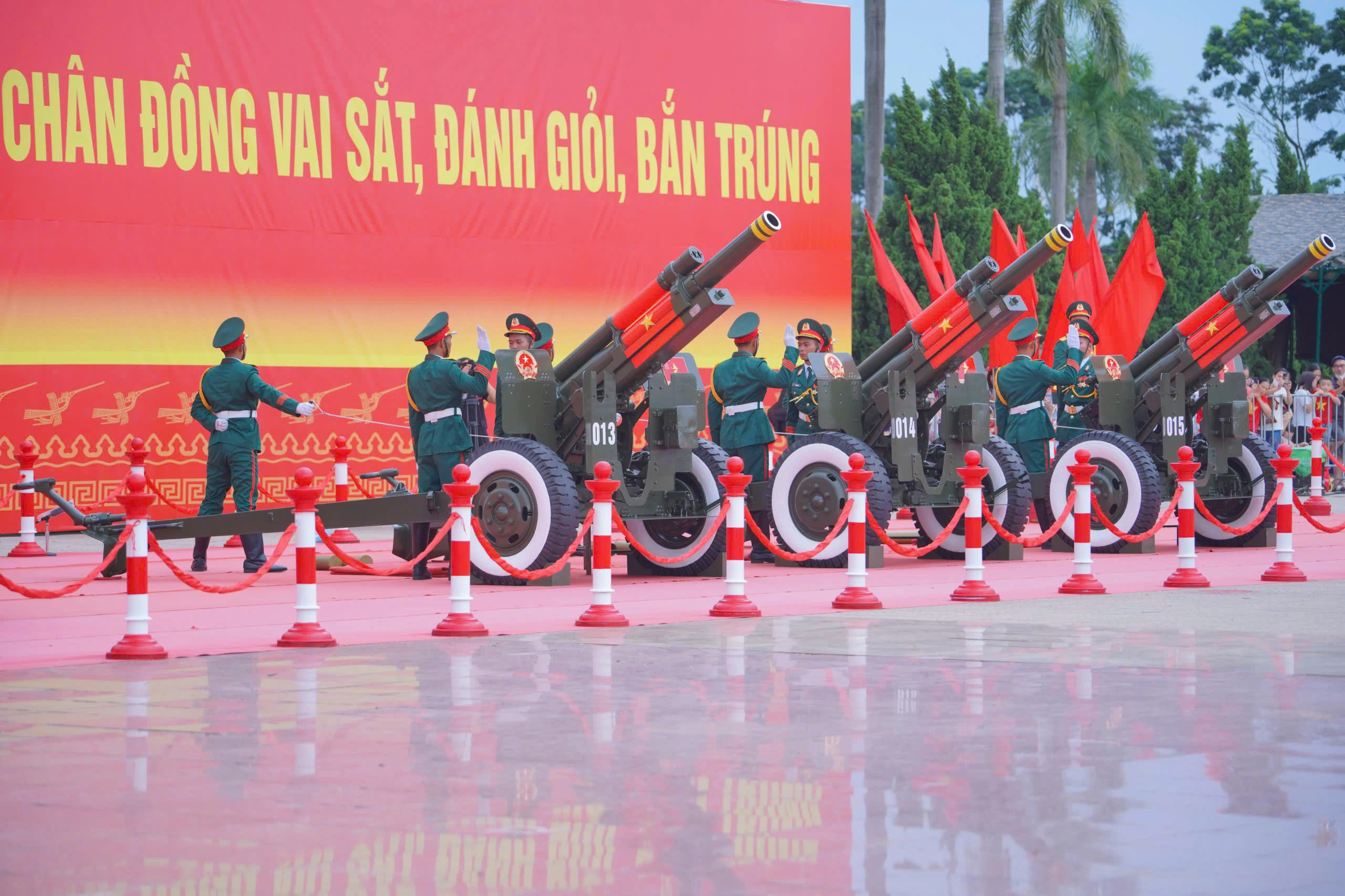

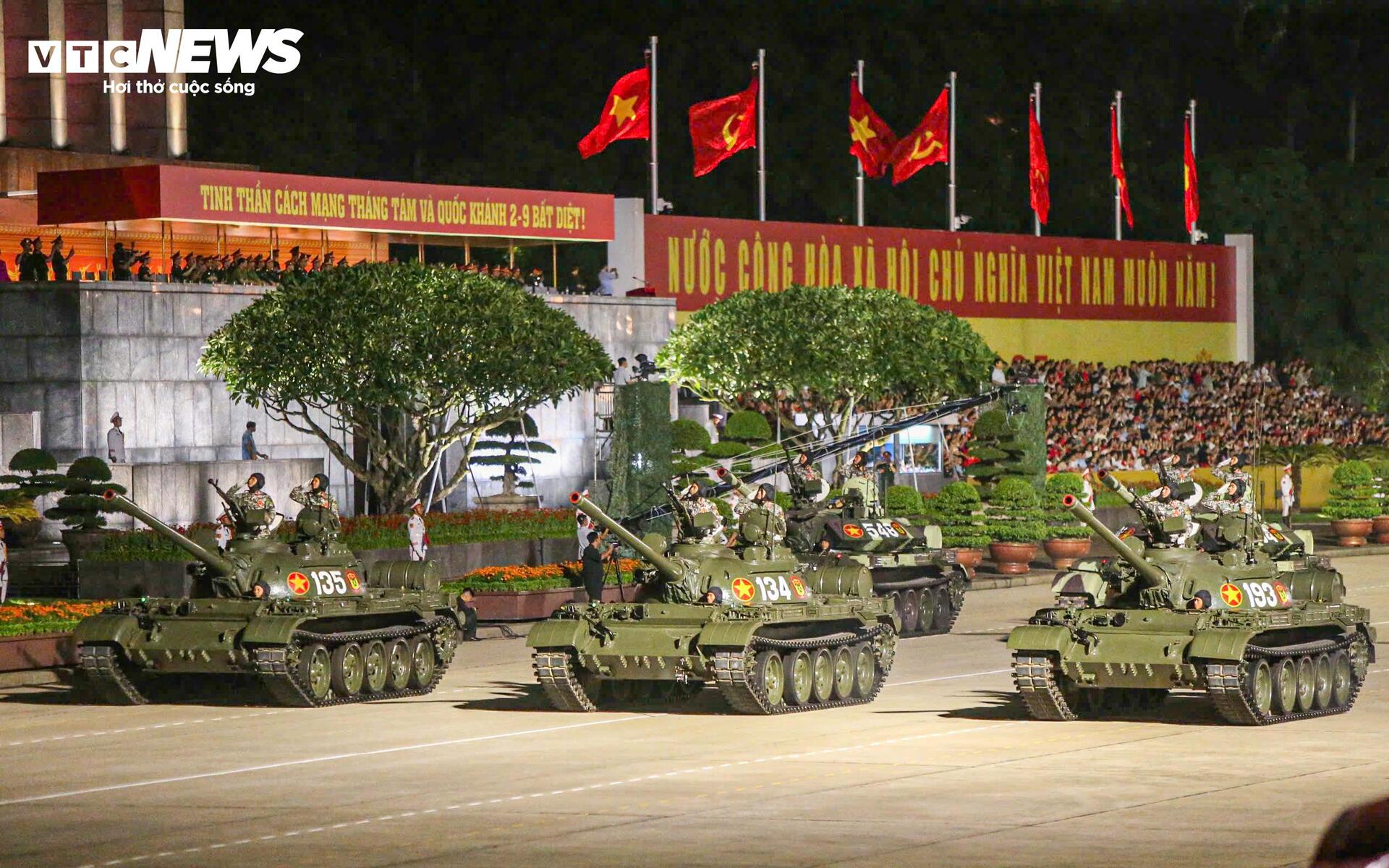
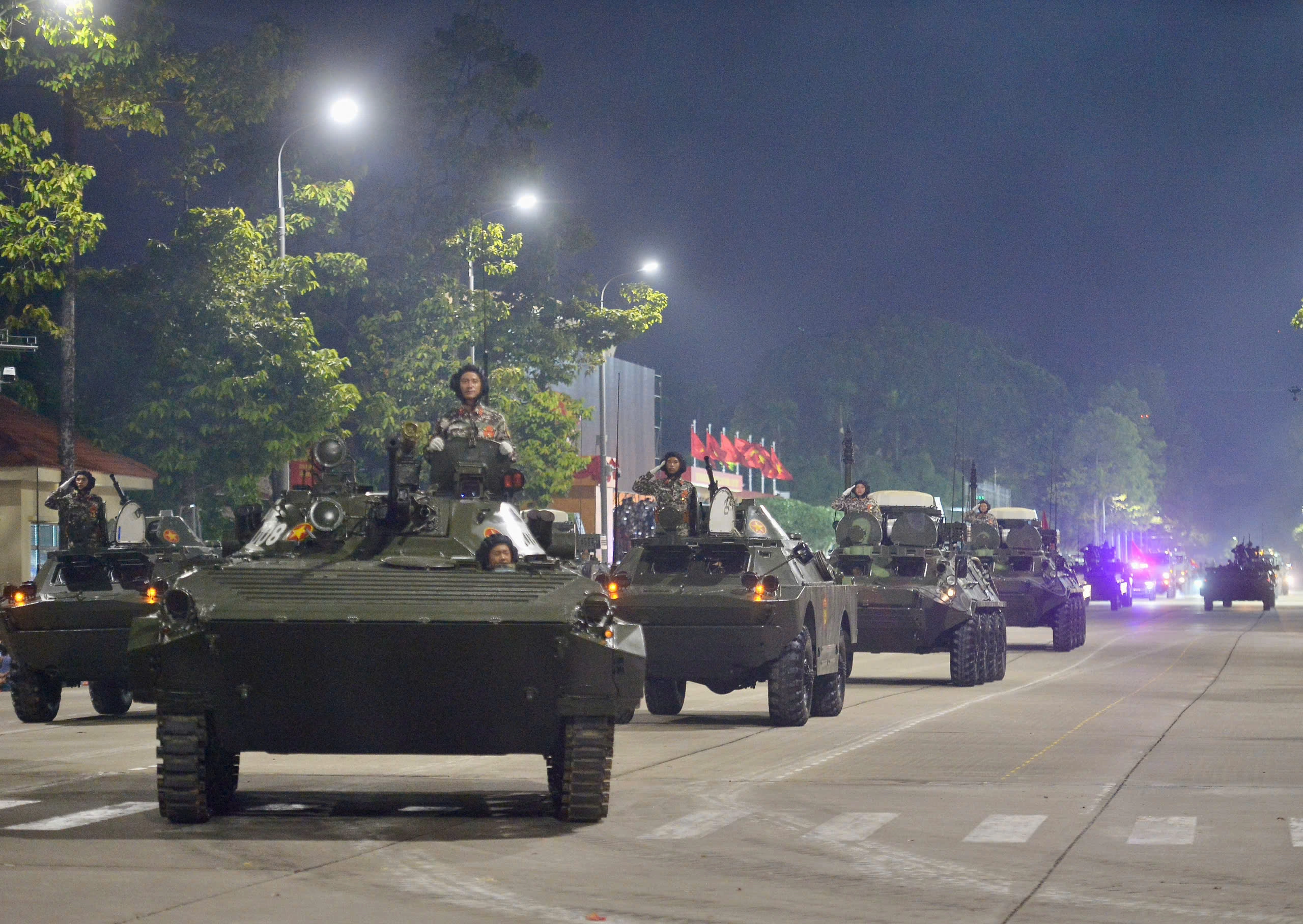

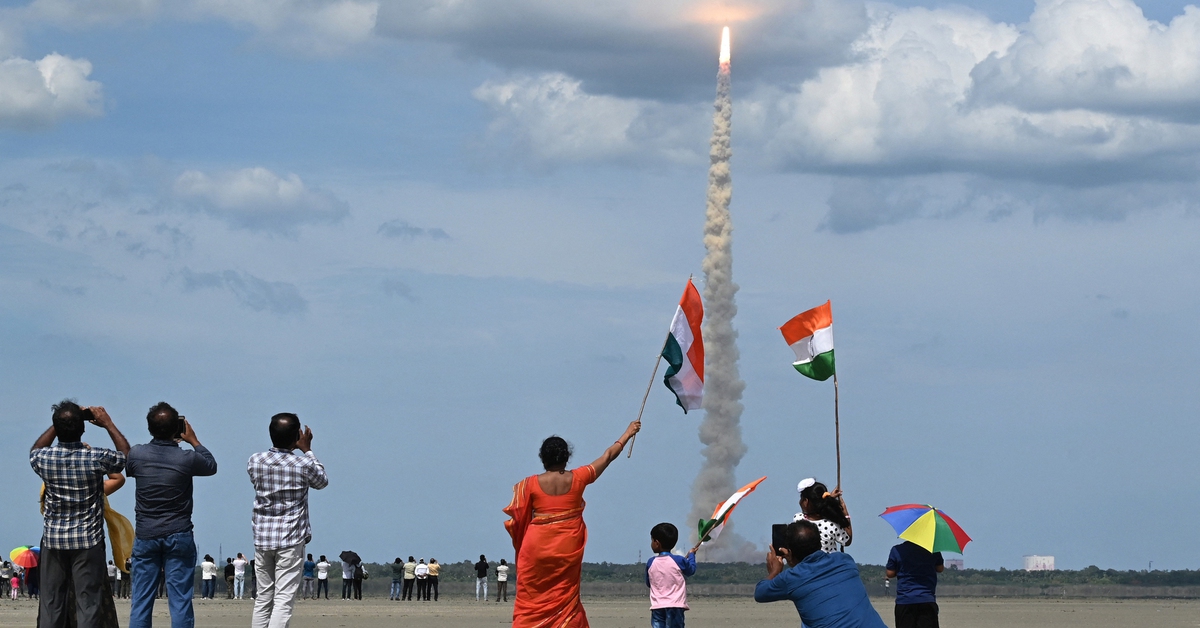

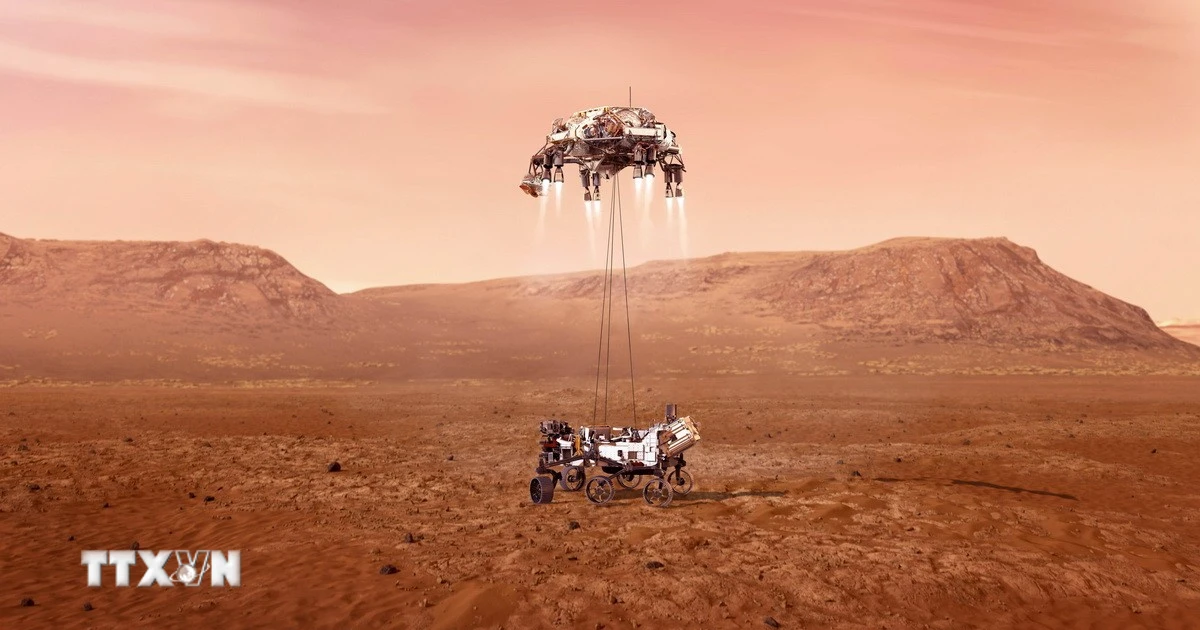

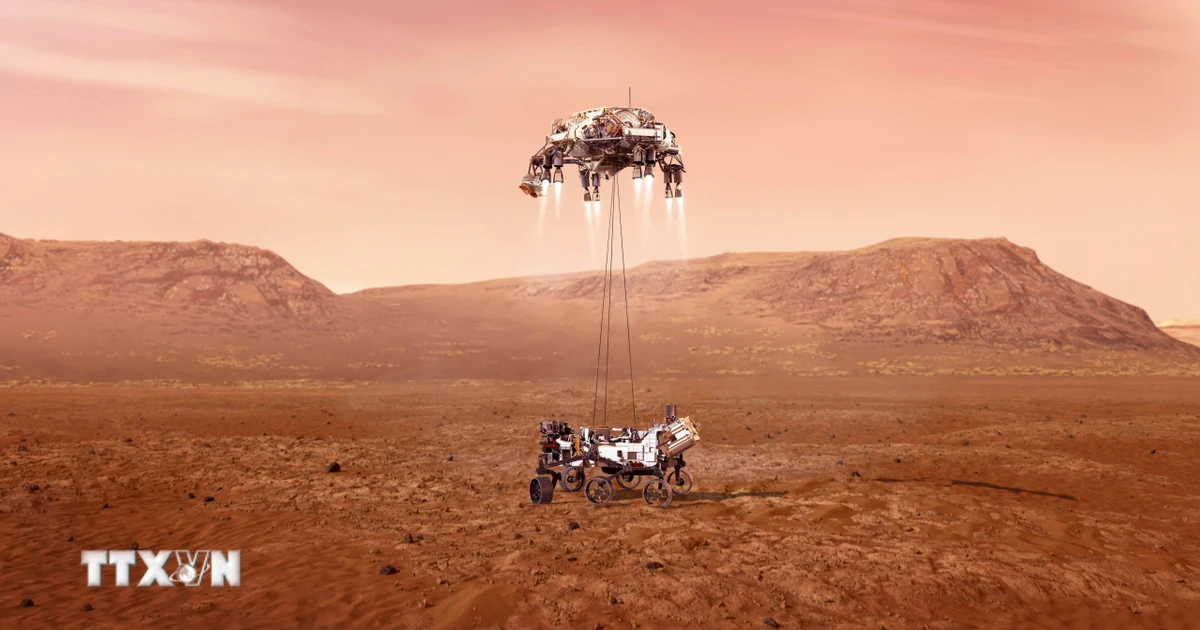
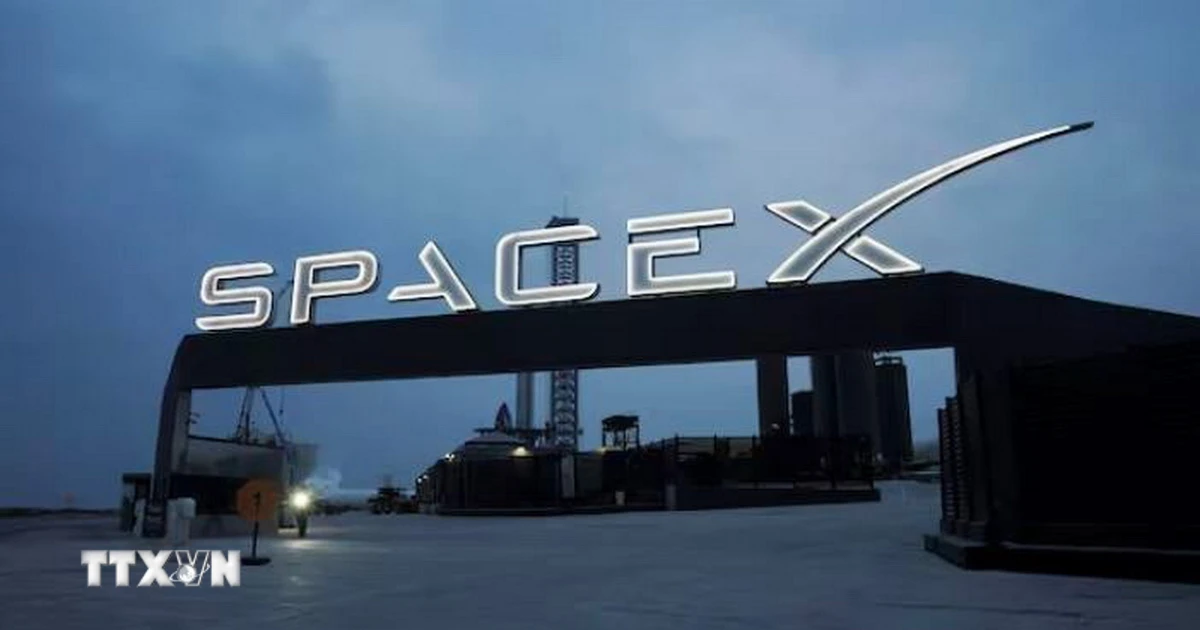
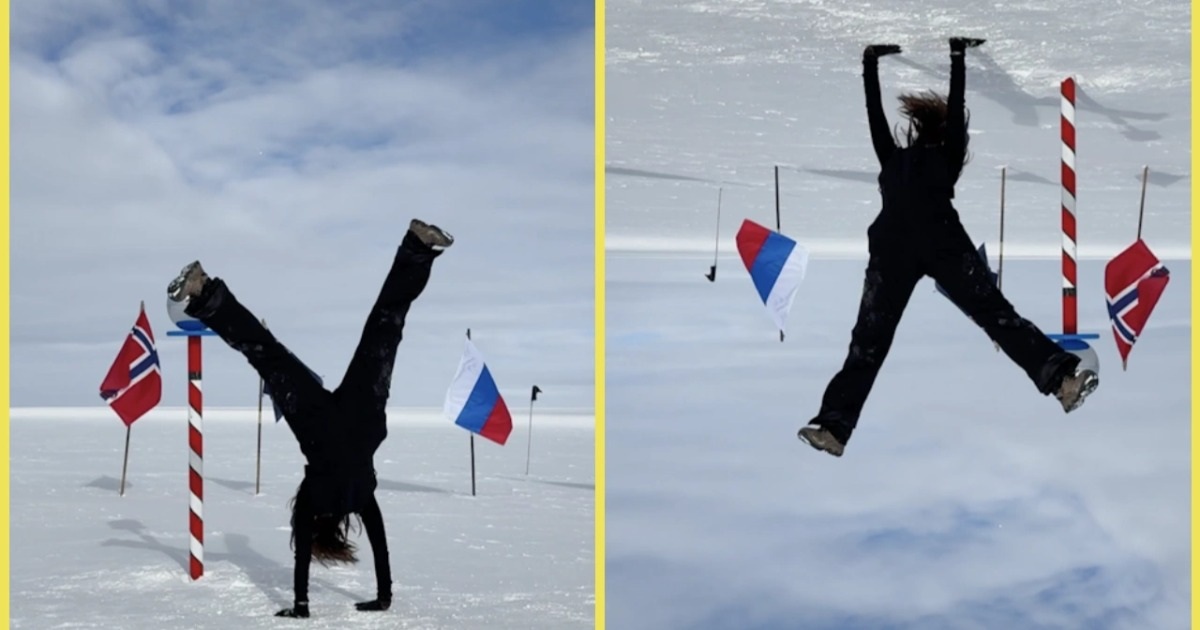

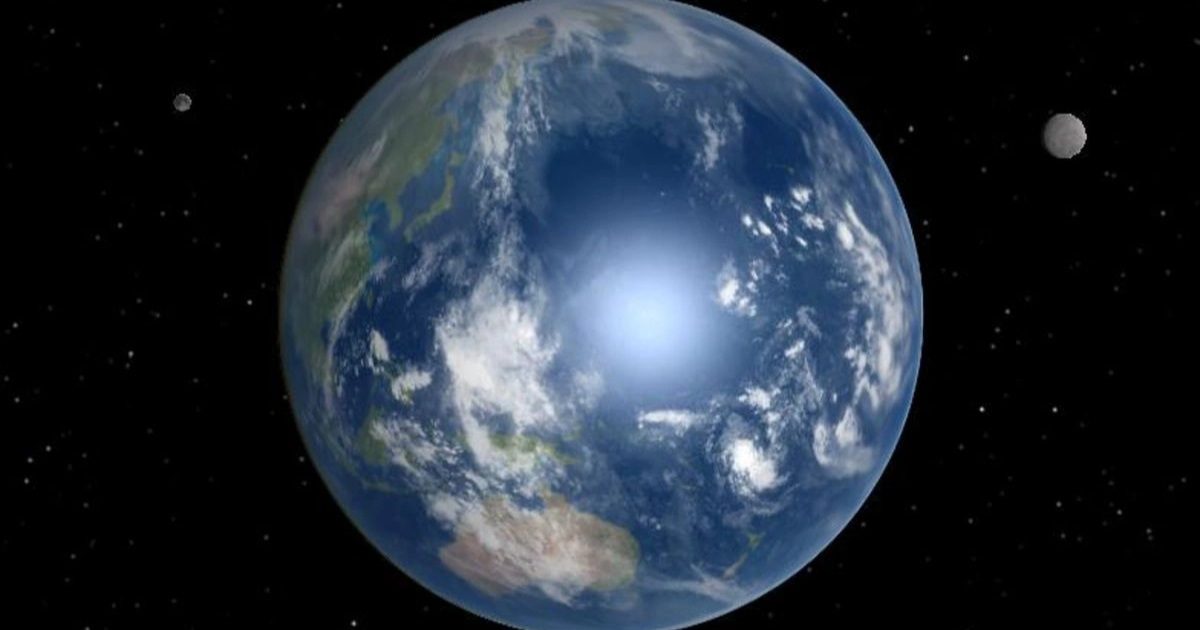

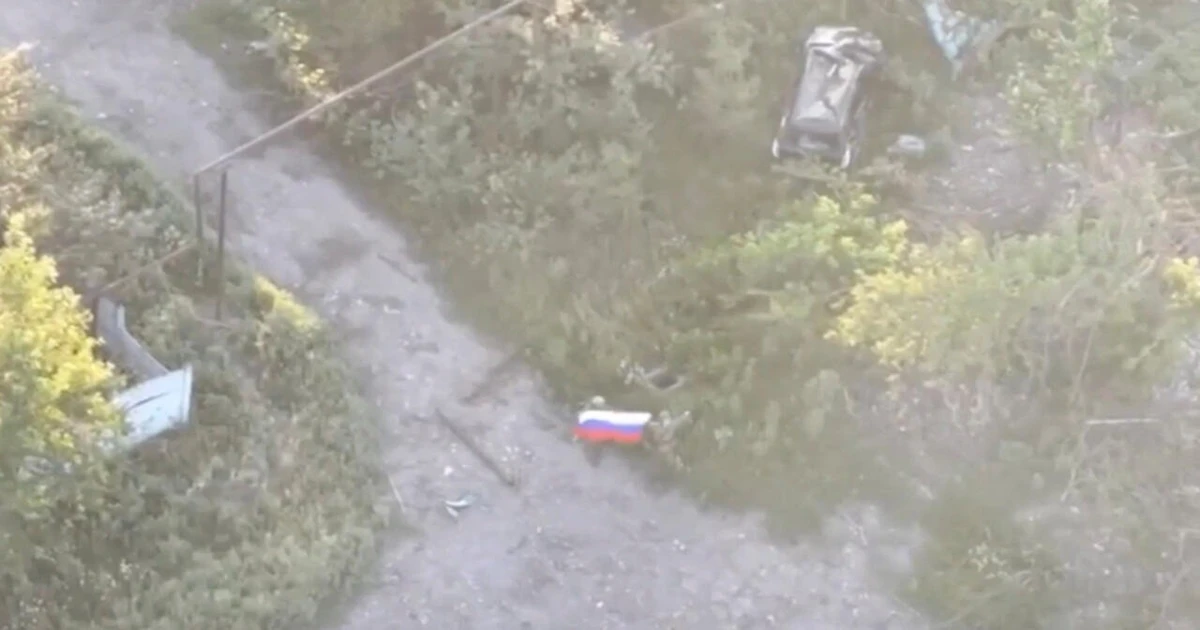

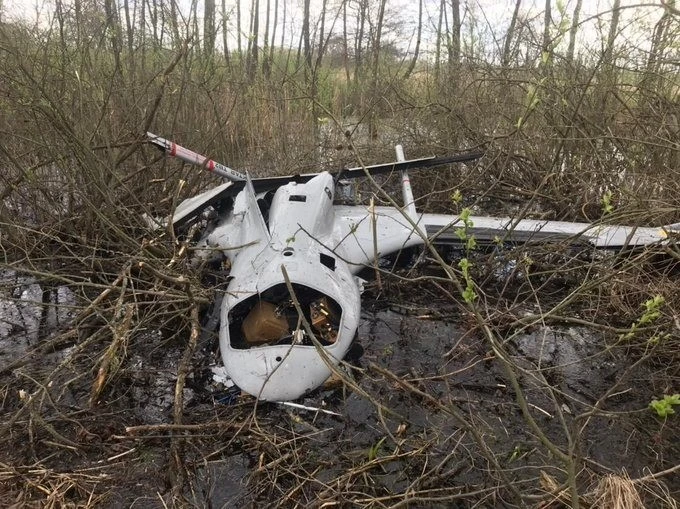












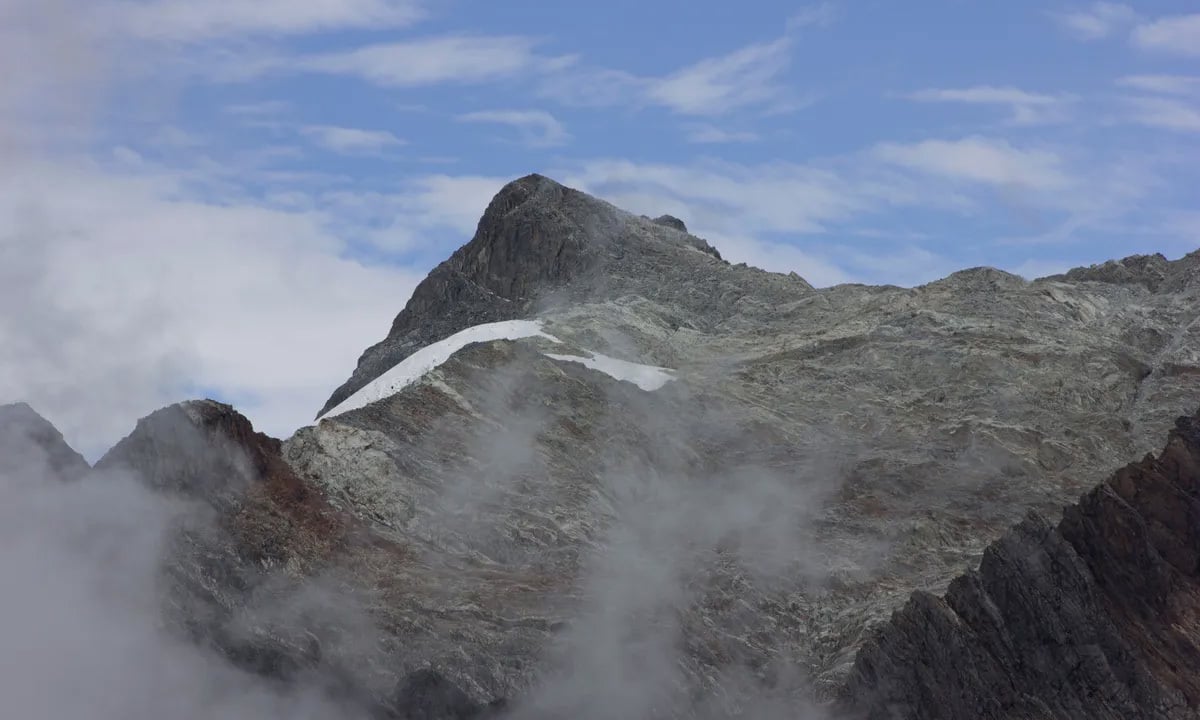
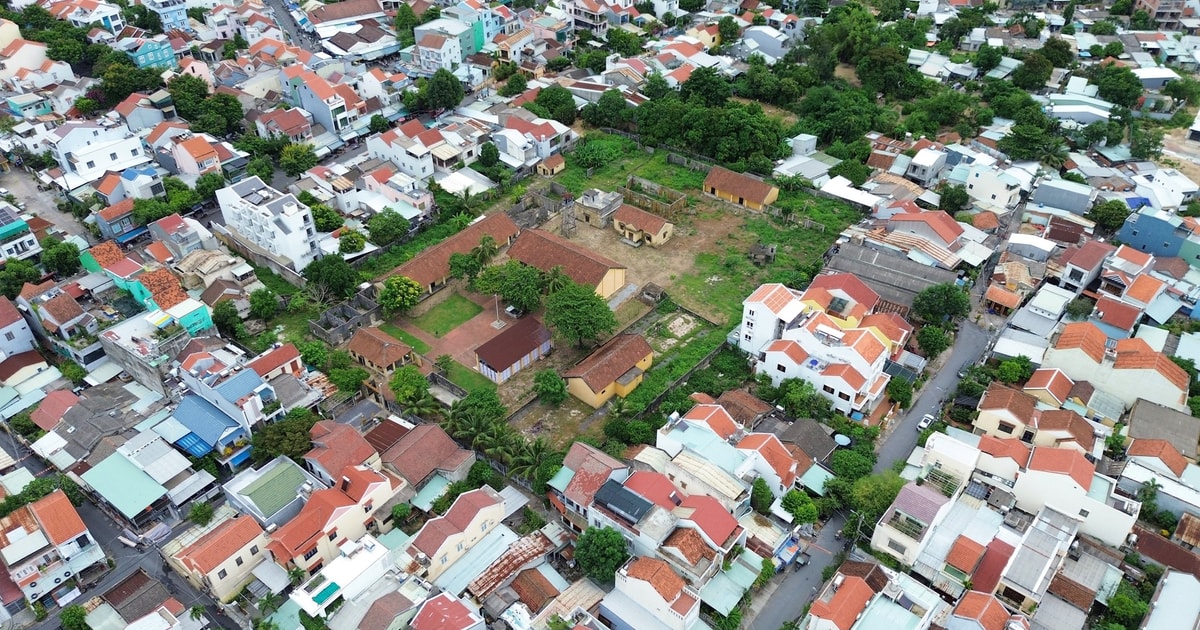



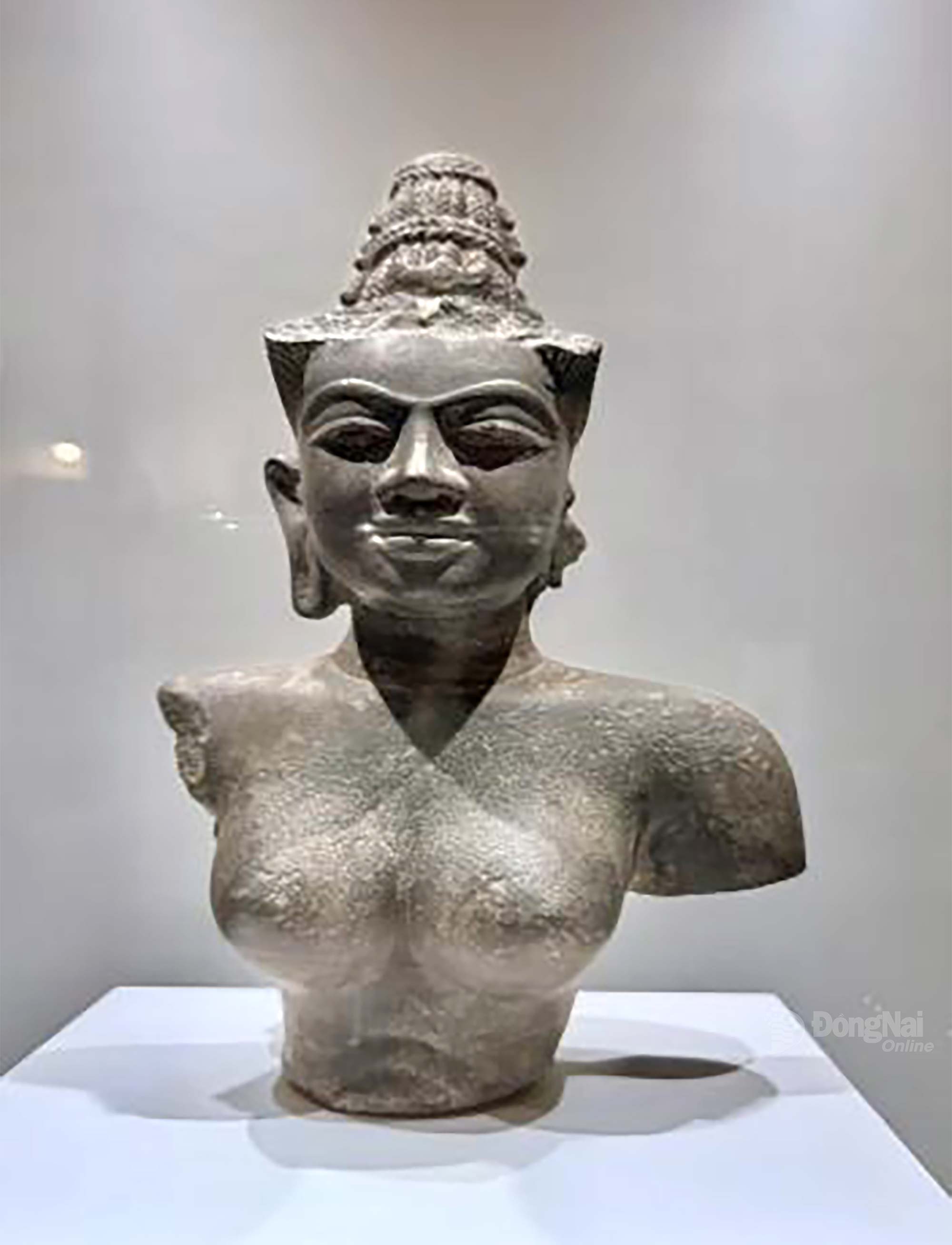








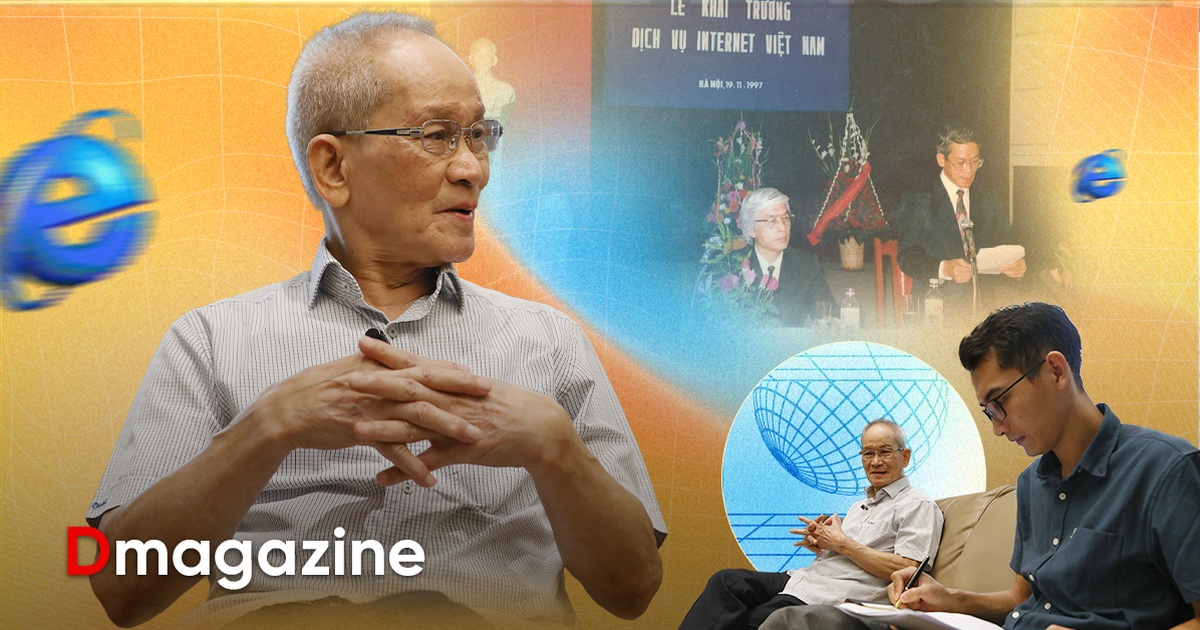


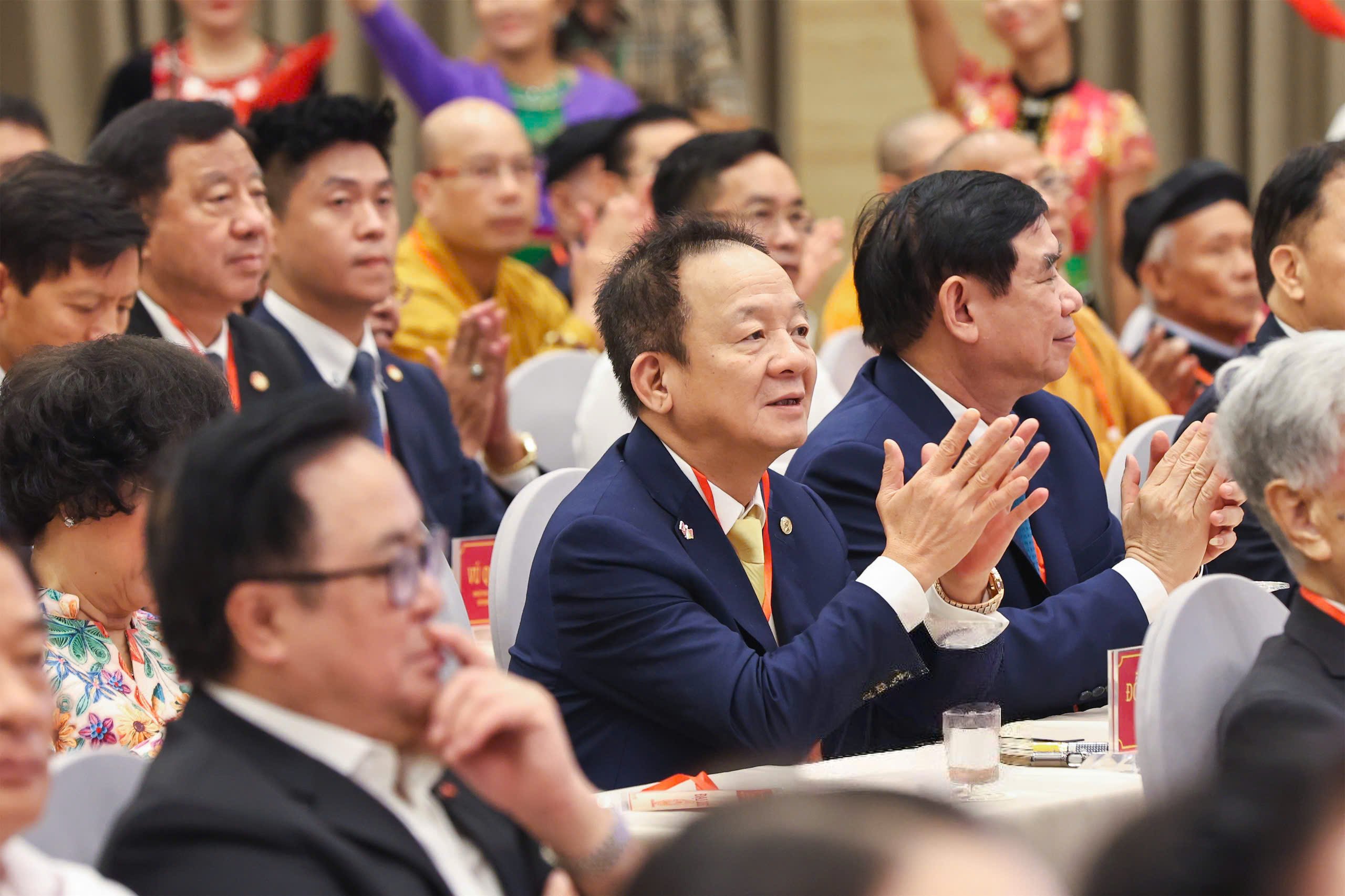





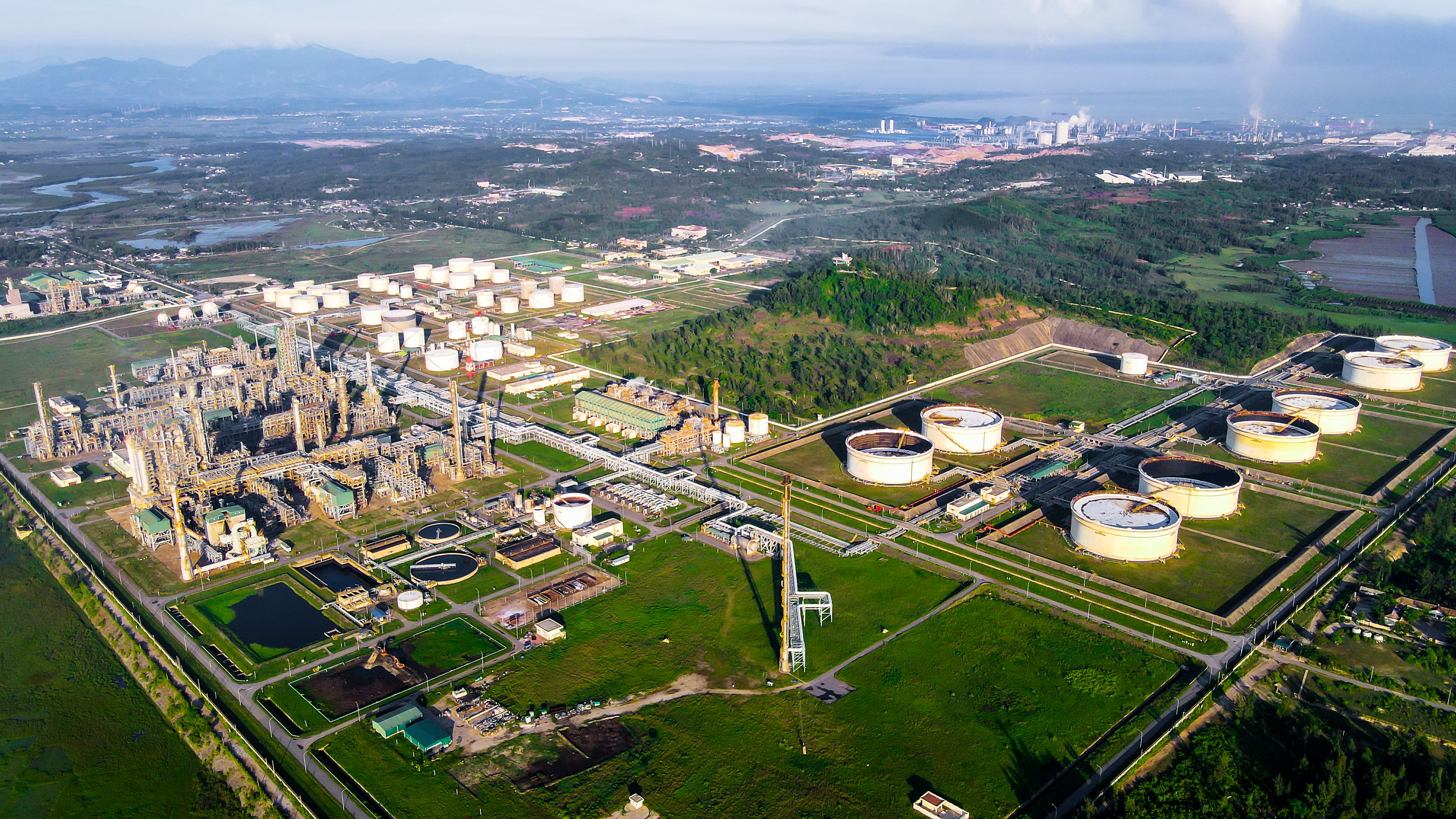






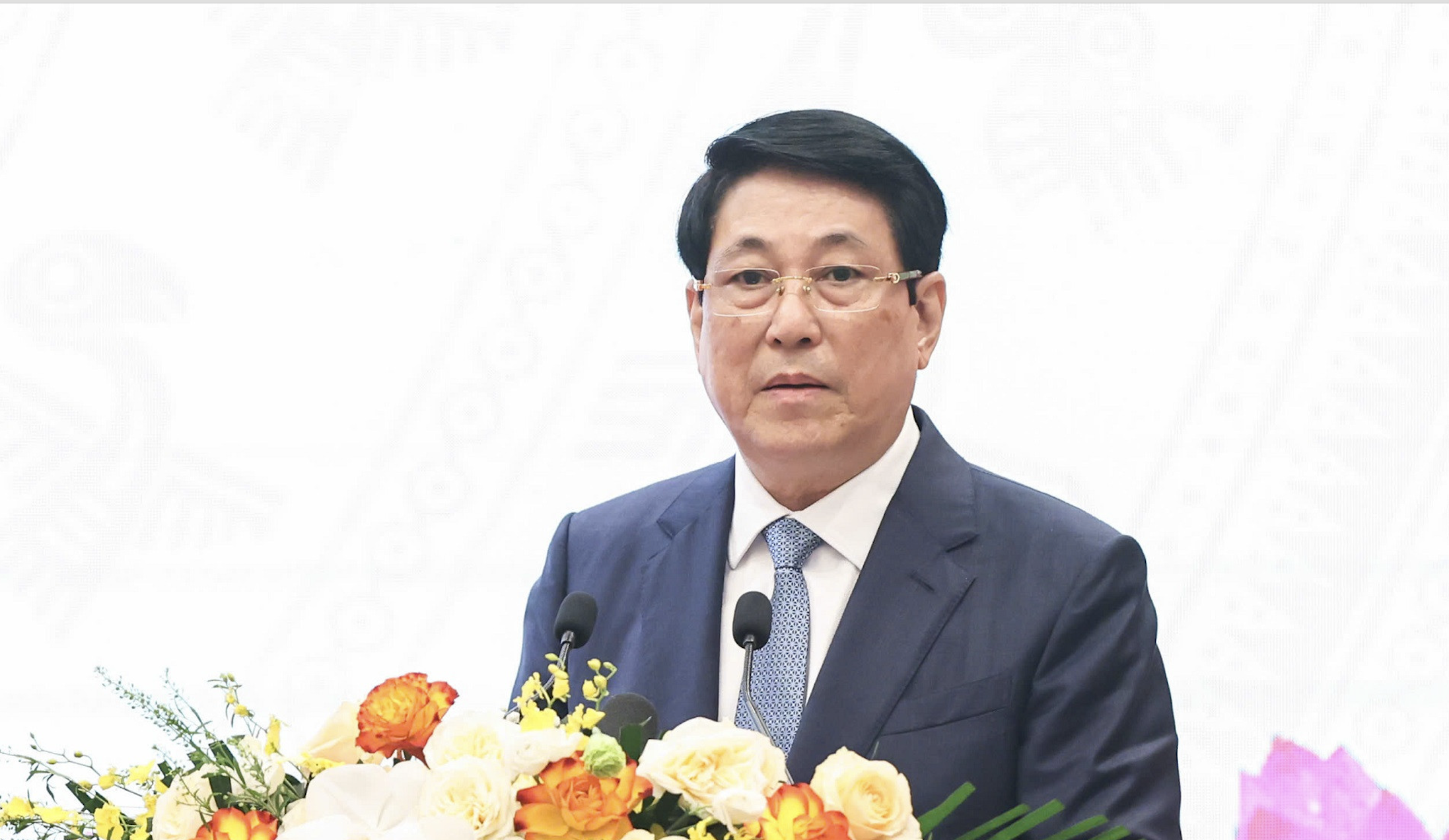


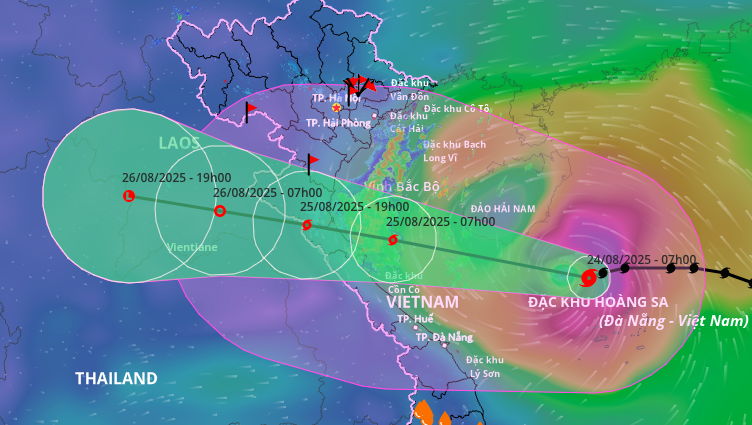







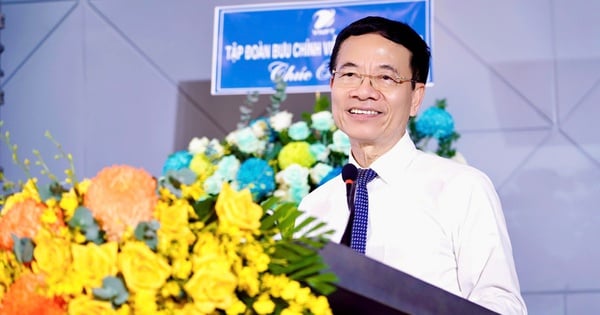





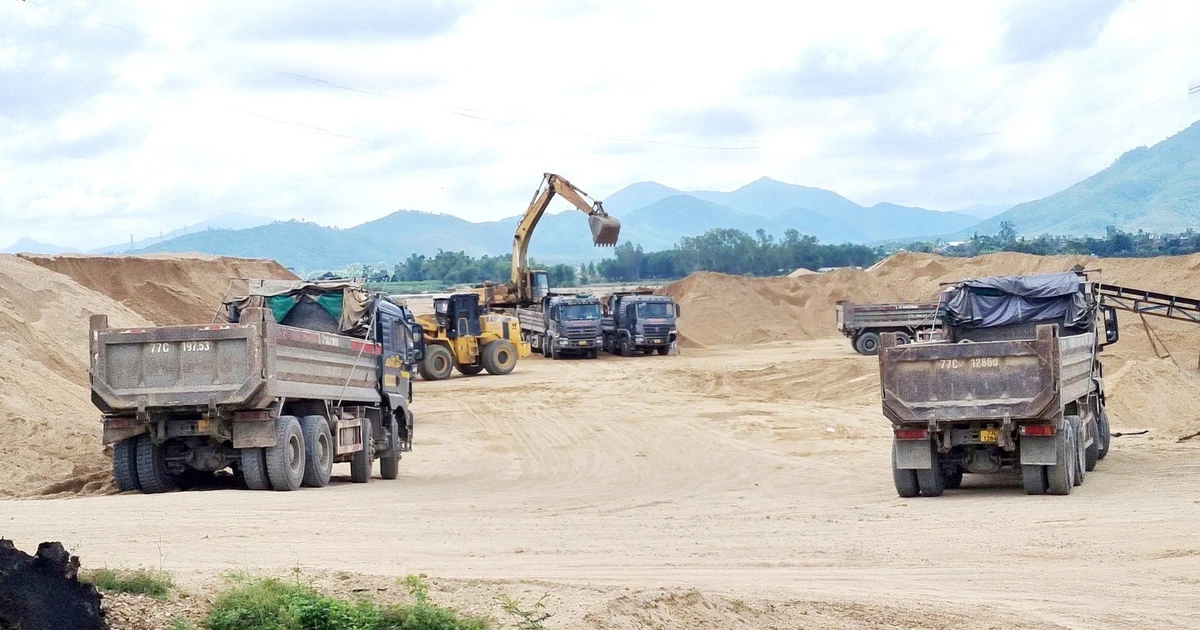

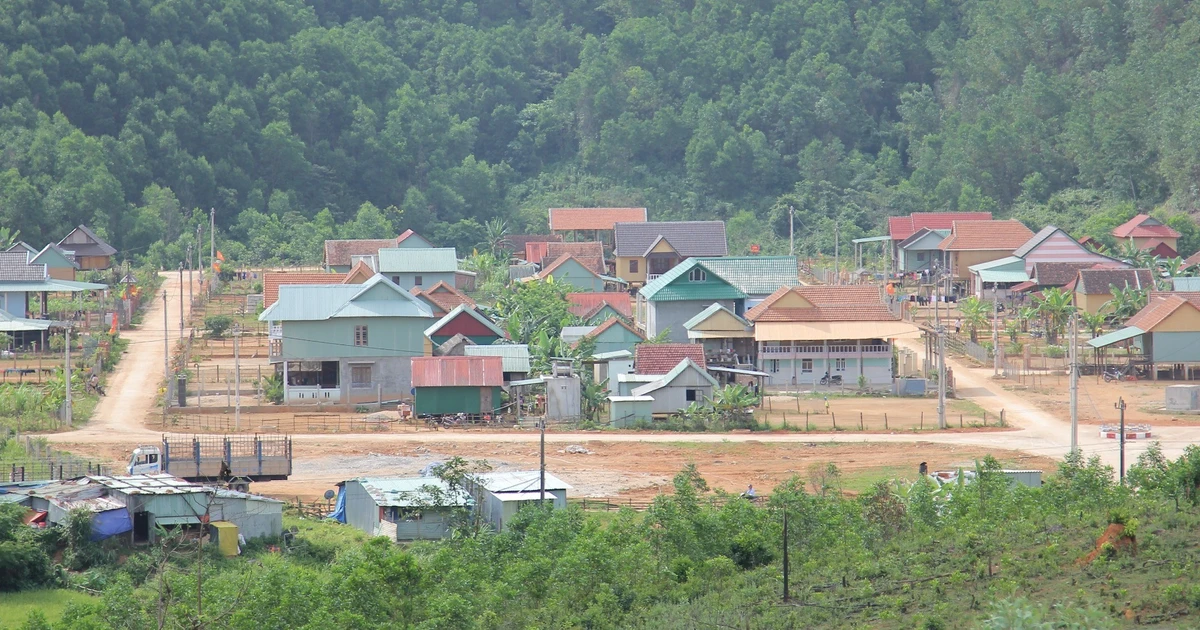
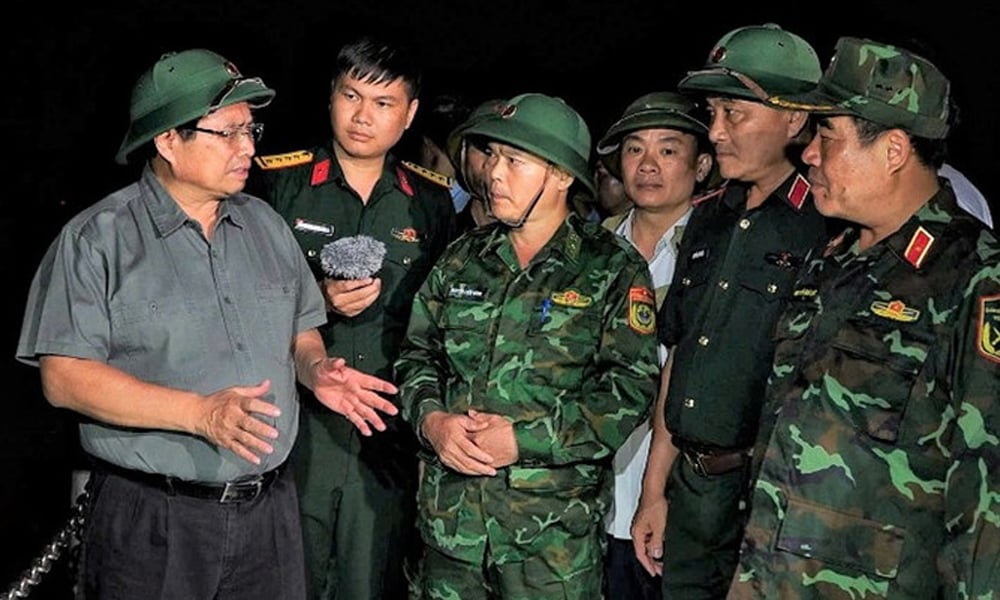



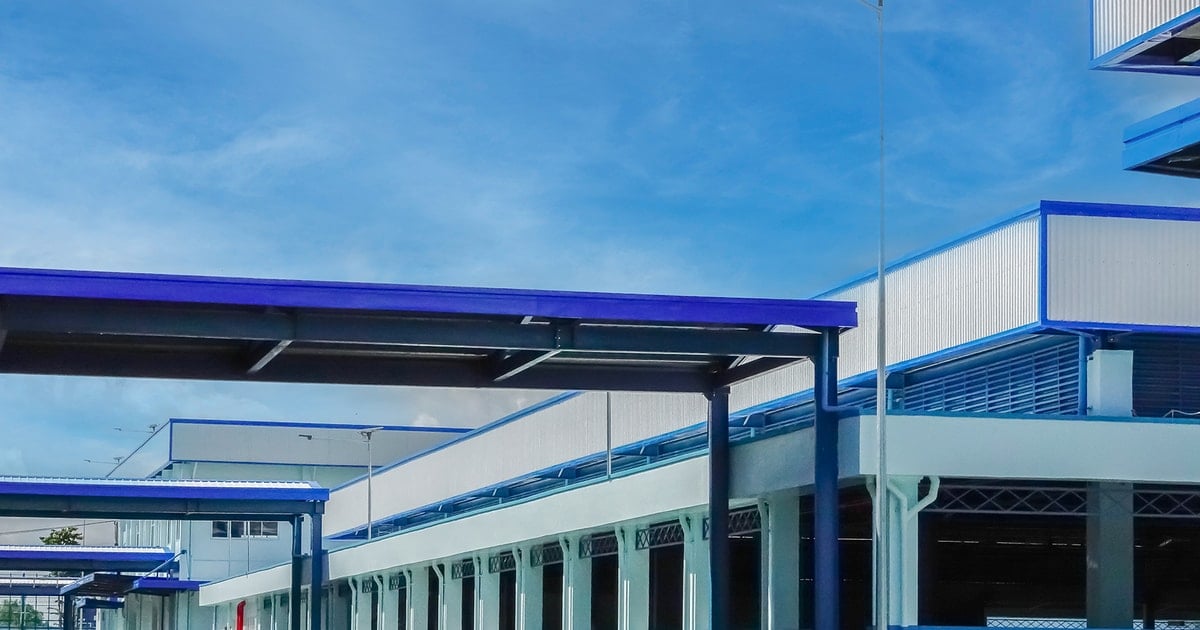















Comment (0)